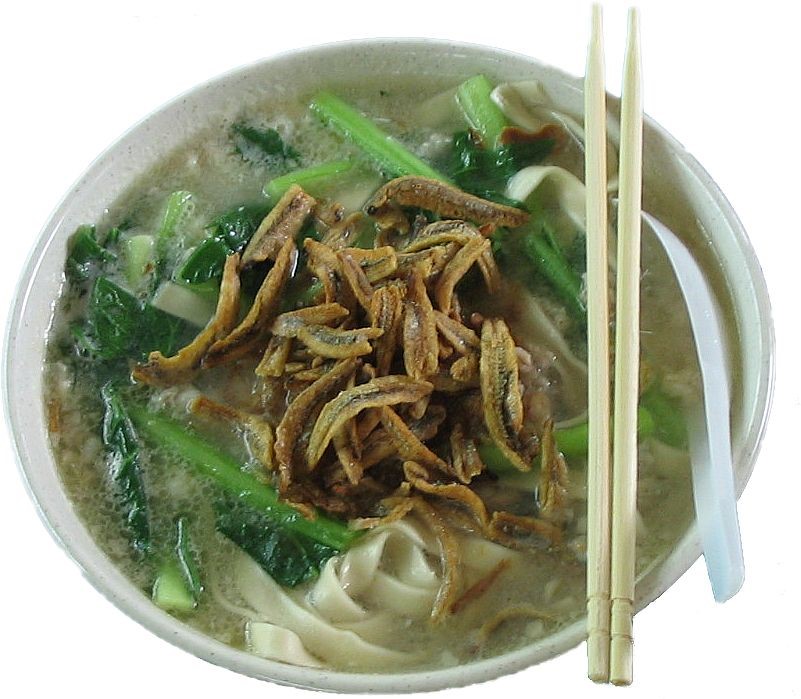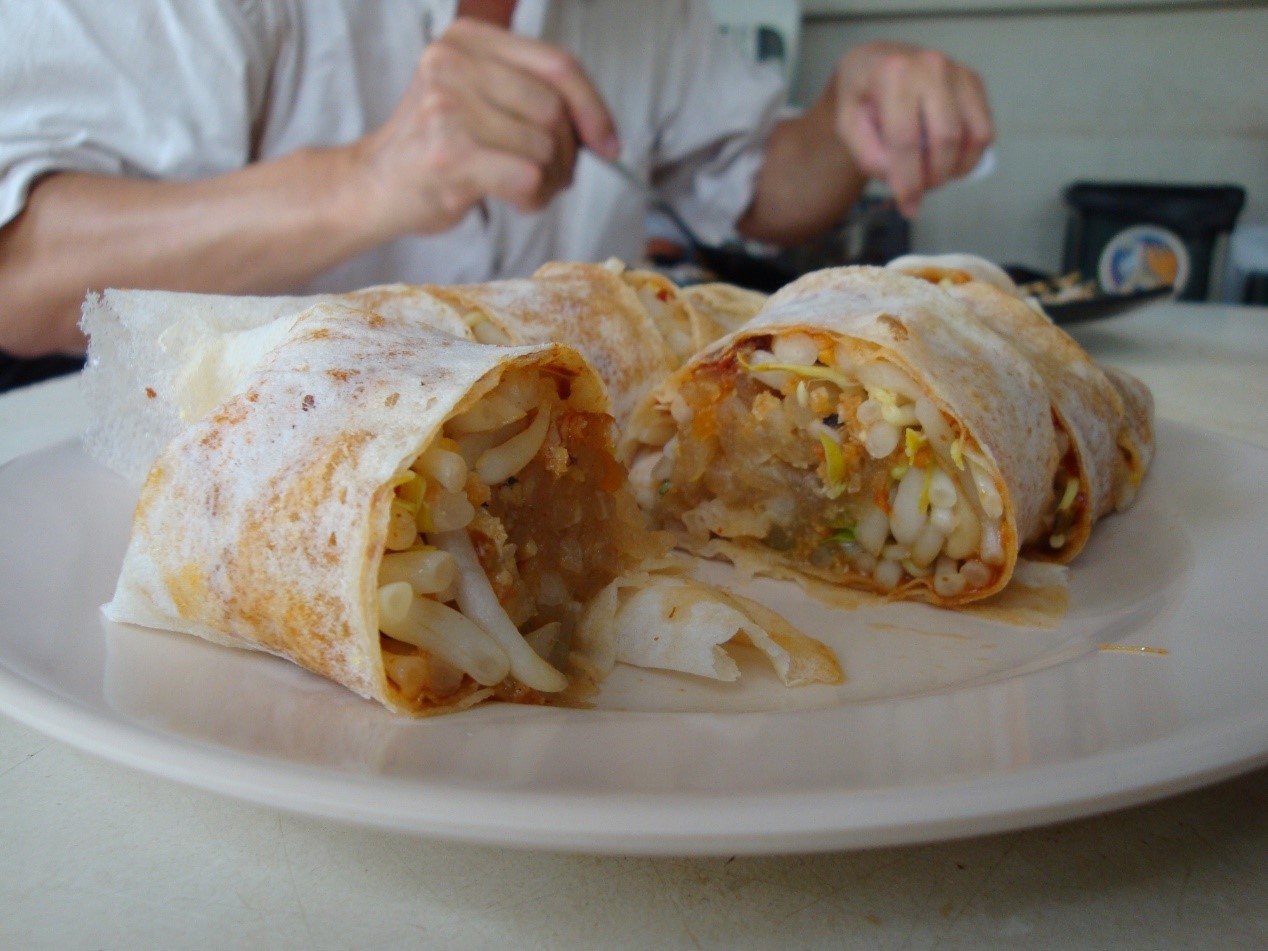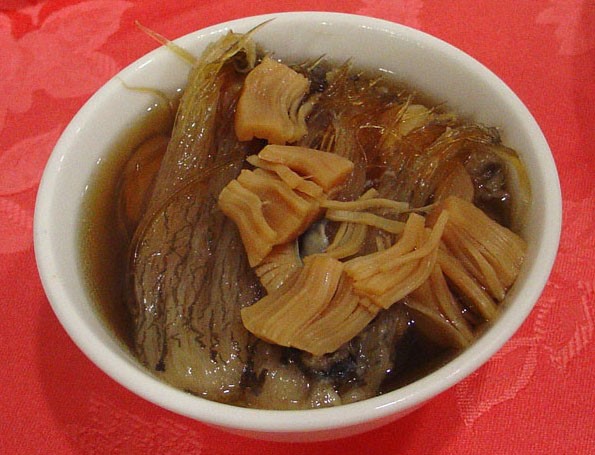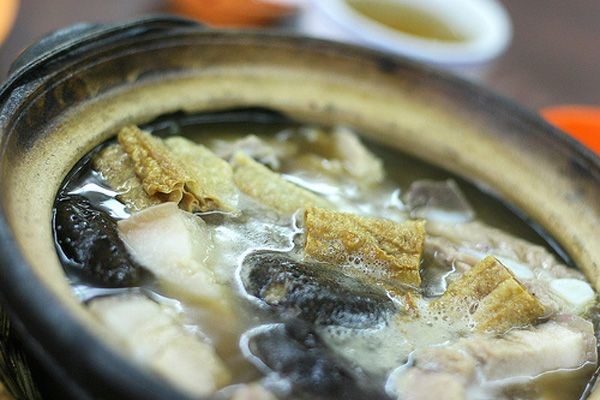Fujian Cuisine
Fujian cuisine is known to be light but flavourful, soft, and tenderFujian cuisine is known to be light but flavourful, soft, and tender, with particular emphasis on umami taste, known in Chinese cooking as xianwei (鲜味), as well as retaining the original flavour of the main ingredients instead of masking them.
Many diverse seafood and woodland delicacies are used, including a myriad variety of local fish, shellfish and turtles, or indigenous edible mushrooms and bamboo shoots, provided by the coastal and mountainous regions of Fujian. The most commonly employed cooking techniques in the region's cuisine include braising, stewing, steaming and boiling
Banmian
Banmian (板麵) is a popular Chinese noodle dish, consisting of handmade noodles served in soup. The name banmian (board/block noodle) came from the Hakka's method of cutting the noodle into straight strands using a wooden block as ruler.
Popiah
Popiah (Pe̍h-ōe-jī: po͘h-piáⁿ) is a Fujianese/Chaoshan-style fresh spring roll common in South East Asia. A popiah "skin" (薄餅皮) is a soft, thin paper-like crepe or pancake made from wheat flour
Buddha Jumps Over the Wall
Buddha Jumps Over the Wall, also known as Buddha's Temptation, is a variety of shark fin soup in Fujian cuisine.It was created by Zheng Chunfa, celebrated chef and proprietor of the Ju Chun Yuan Restaurant in Fuzhou, Fujian Province. The dish's name is an allusion to the dish's ability to entice the vegetarian monks from their temples to partake in the meat-based dish.It is high in protein and calcium.
Meat Bone Tea
The name literally translates from hokkien("meat bone tea").It is usually served alongside the soup in the belief that it dilutes or dissolves the copious amount of fat consumed in this pork-laden dish.




